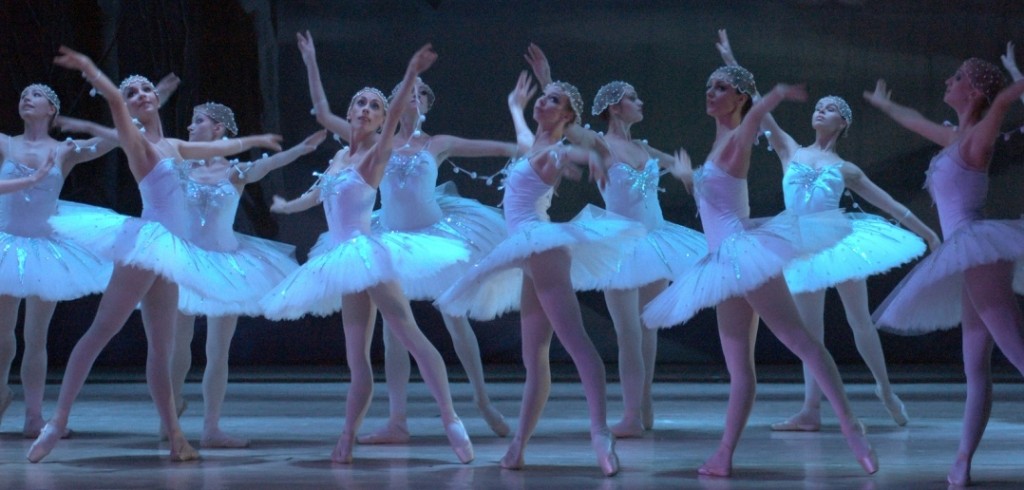The Nutcracker is a timeless and popular Christmas production — one that’s responsible for 40% of annual ticket sales at major American ballet companies.
All the credit for creating it tends to go to Tchaikovsky. Yet he didn’t become part of the story until the very, very end.
If we were to go behind-the-scenes to uncover the real story of The Nutcracker, we first have to talk about Ernst Theodor Wilhelm Hoffmann. He was extremely famous and his name was well-known in his day, yet in modern times draws blank stares — even from dedicated fans of the famous ballet.
That’s because Hoffmann wrote under the pen name of E.T.A. Hoffmann (he changed the “Wilhelm” part of his name to Amadeus out of admiration for Mozart). When he wasn’t writing, he was composing music, working as a music critic, teaching law, designing buildings, or getting into trouble for drawing caricatures of his bosses.
Hoffmann’s many talents were needed for him to earn a solid living, especially since wars broke out in the Prussian cities he called home and made quick moves a part of his life.
Yet through it all, he wrote … and wrote and wrote and wrote. Even when bedridden and paralyzed in the last years of his life, he continued to write via dictation. He’s someone we should all be thankful for since his work is considered one of the best examples of what’s known as the German Romantic style. He’s also credited as a pioneer in the fantasy genre. Hoffmann was a hard worker and remained a prominent figure for many decades even after his death in 1822. Today, his fame has faded.
It’s a shame too; because he played such a significant role in the way we perceive art and music. For example, according to some, Hoffmann’s writings were the bridge that pushed Beethoven from classical composer to what Matthew Guerrieri’s book, The First Four Notes: Beethoven’s Fifth and the Human Imagination, called, “this sort of … musical mascot of the German Romantic movement, which really became one of the most long-lasting and persistent images of Beethoven that we have.”
That’s because Hoffmann wrote the first extended review of Beethoven’s Fifth Symphony. Incredibly, he wrote it with precise detail — before ever hearing the score. Instead, he read it. As Guerrieri says, “It would have been standard for the time.”
Hoffmann relied on his vivid imagination to experience the piece in a heightened fashion … one that delves deep into the details of the piece more so than someone who simply experienced it in a concert hall.
It was also Hoffmann’s fantastic imagination that makes his novella, The Nutcracker and the Mouse King, so very memorable. Published in 1816, the original story was a complex world of intrigue, adventure, and true love between a girl and her nutcracker doll.
The story was translated into many other languages and spread widely throughout Europe. In 1892, the story premiered on the Russian ballet stage as The Nutcracker by Tchaikovsky. And thanks to the lush musical score, the story has lived on and thrives in our imaginations nearly 200 years after it was first published.
So if you attend the ballet performance this season, think back to the writer behind the story, who challenged his readers to liberate their inner child from the routine of the real world.






